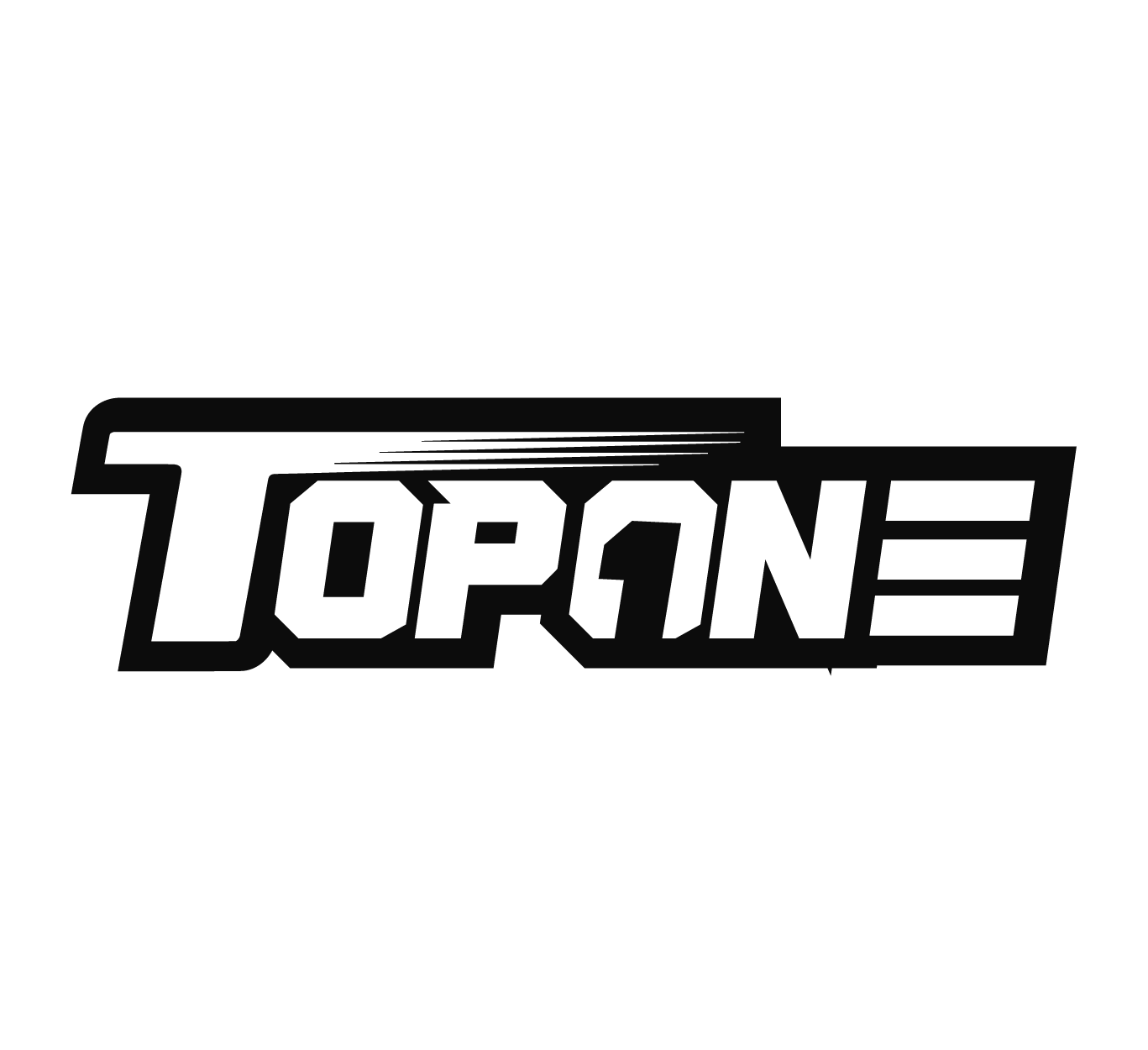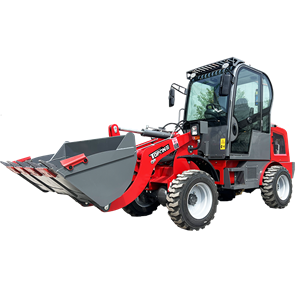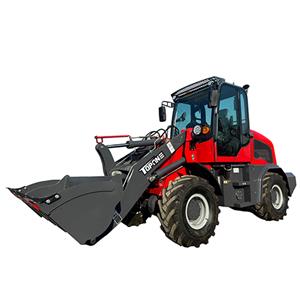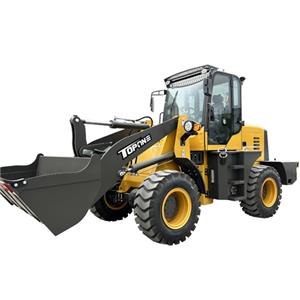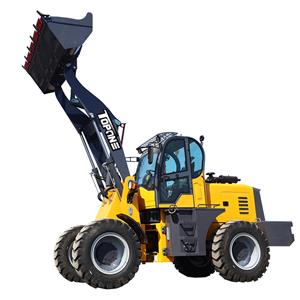Manufacturer Forklift, The forklift is waiting for delivery after the production is completed
Manufacturer Forklift, The forklift is waiting for delivery after the production is completed
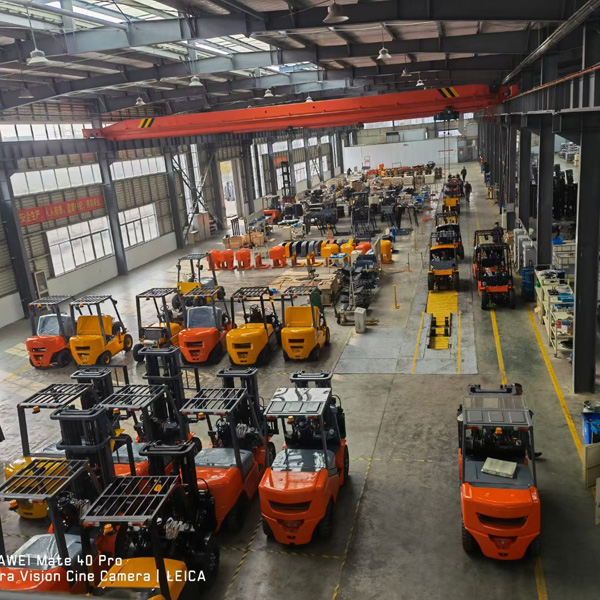
MOUNTAIN RAISE FORKLIFT, 1ton -10ton rated load, diesel model, gas model, electril model, 4wd rough terrain forklift truck , We can all provide you .
Industrial handling vehicles are widely used in ports, stations, airports, freight yards, factory workshops, warehouses, circulation centers and distribution centers, etc., to carry out pallet cargo loading and unloading and handling operations in cabins, carriages and containers. It is a must in pallet transportation and container transportation. Indispensable equipment.
There are many forklift brands available on the market, the models are complex, and the products themselves are highly technical and very professional. Therefore, the choice of models and the choice of suppliers are often faced by many purchasing companies. This article focuses on the introduction of model selection, brand selection, performance evaluation criteria and the contribution rate of my country's forklifts in the overseas market.
Faced with the working environment conditions, operating methods, and the different forklifts used or about to be purchased by corporate customers in different fields, how can we choose a forklift attachment suitable for the working environment of our company? Under normal circumstances, the customer must provide the actual operating conditions and requirements of the attachment to the forklift OEM or its sales agent or attachment company. Based on this important information, only the forklift OEM or its sales agent or attachment company can carry out the selection of attachments.
The following are the factors to consider when choosing attachments:
(1) What kind of goods are handled by the customer: such as paper rolls, soft bags, barrels, household appliances, tubes, pallets, etc.
(2) Cargo weight: (including pallets) kg, length (along the direction of travel) mm, width/diameter mm, height mm.
(3) Outer surface/contact surface (outer packaging).
(4) Mode of transportation: a. Pallet transportation: the size of the cargo pallet mm, the height of the pallet jack in mm; b. Non-pallet transportation: the distance between the cargo piles in mm, and the number of pieces of the cargo.
(5) Specific handling information/actual environment: how the customer will handle these goods: push/clamp/rotate (horizontal to the driving direction) / roll (horizontal to the driving direction) / lateral movement / roll (along the driving direction) / Loading the rear of the car / Loading the side of the car.
(6) Customer status information: How does the customer solve the handling problem so far? How do they want to improve? What are their ideas?
(7) What are the restrictions in practical applications: height, length, width, weight, and others.
(8) Application fields of attachments: smelters, construction sites, warehouses, special occasions, etc.
(9) Environmental factors: explosive areas, dust, high temperature, low temperature, acidity, sugar, salt, food, nutrition, beverages, etc.
(10) Regarding forklifts: forklift model, mast type, selected attachment type, action function, determine the number of additional oil circuits for forklift according to attachment type and function:
a. For a set of attachments with action functions, the forklift needs to provide a single additional oil circuit (such as the lateral movement of the side shifter);
b. For attachments with two action functions, the forklift needs to provide dual additional oil circuits (such as the arm/clamping/rotating of the paper roll clamp);
c. For attachments with three sets of action functions, the forklift needs to provide dual additional oil circuits and install a solenoid valve device (such as opening/clamping, side shifting, rotating of the rotating side shift soft pack clamp).
(11) Do you want to purchase a new forklift truck? (Is there a problem with forklift modification, such as adding additional oil circuits, etc.)
(12) Installation costs of attachments (labor costs, hydraulic system modification time (if necessary), costs of corresponding options, etc.)
